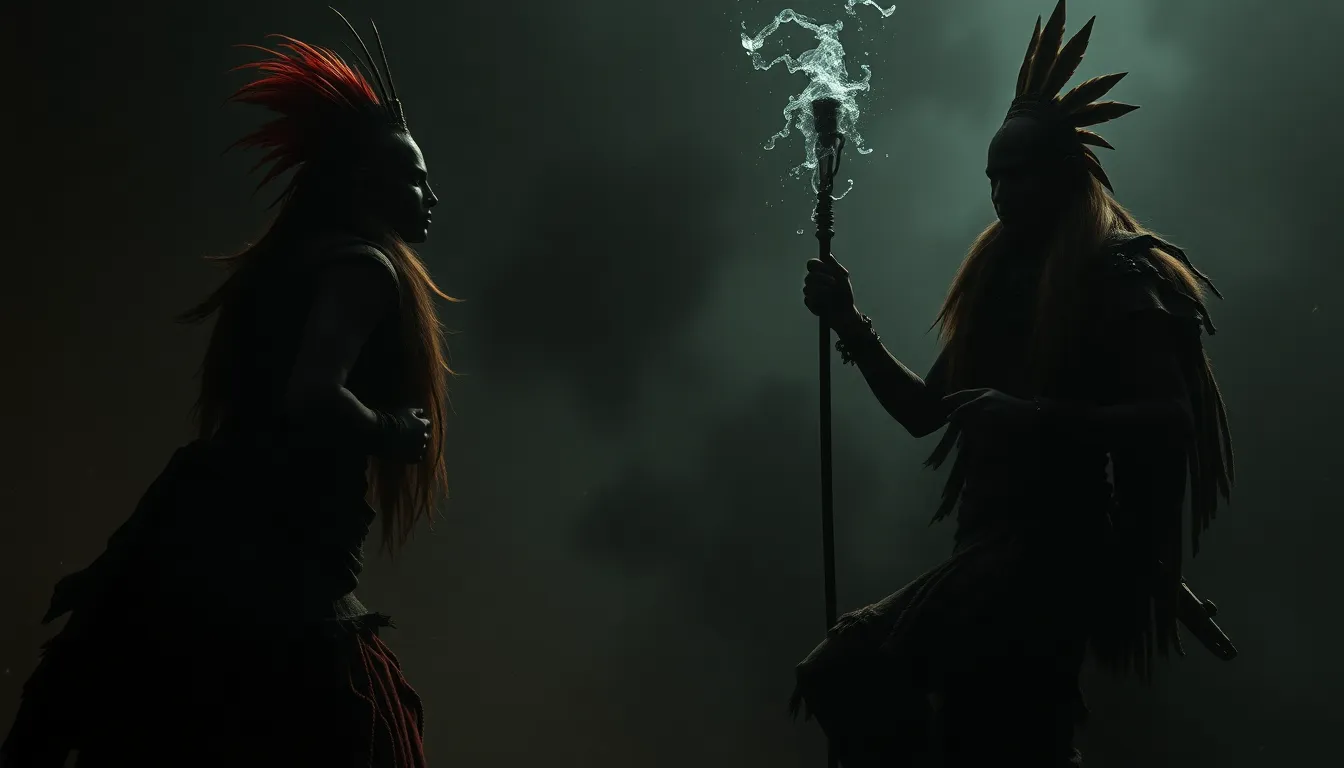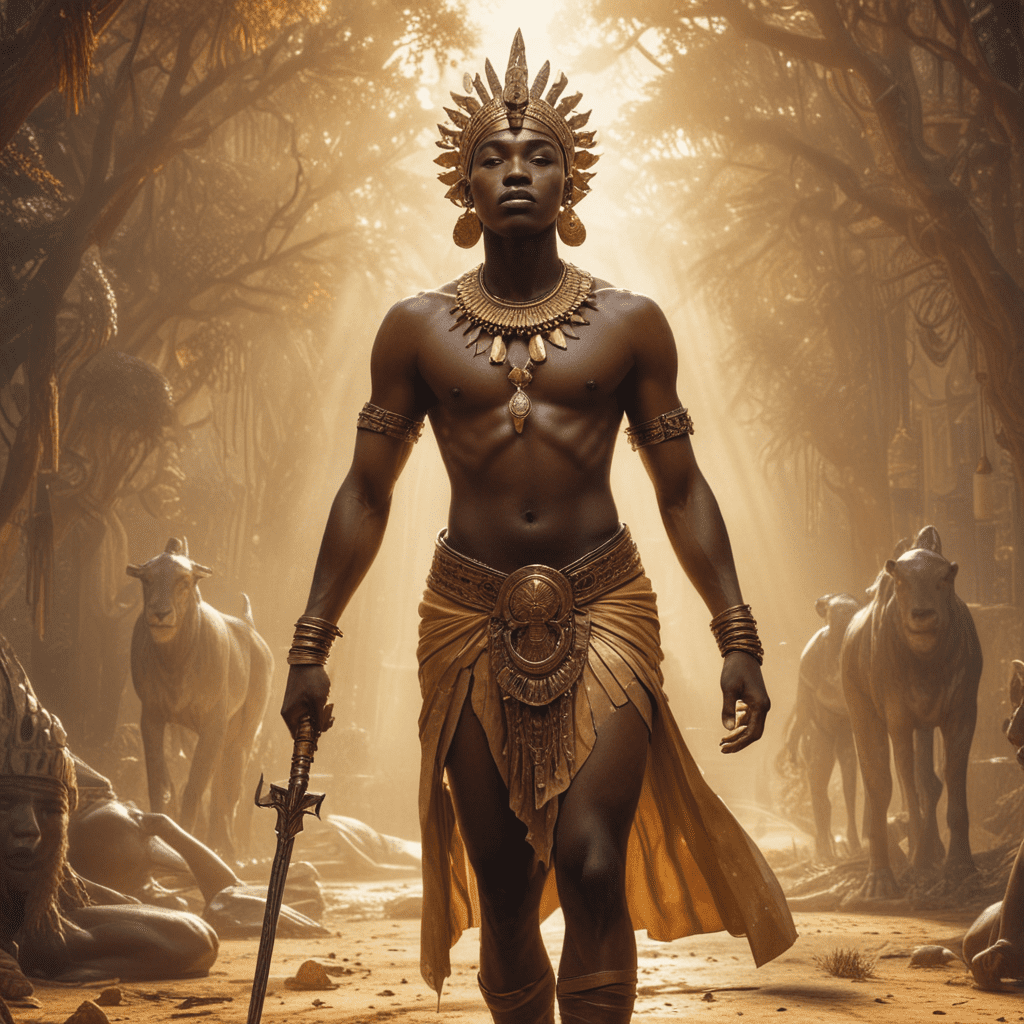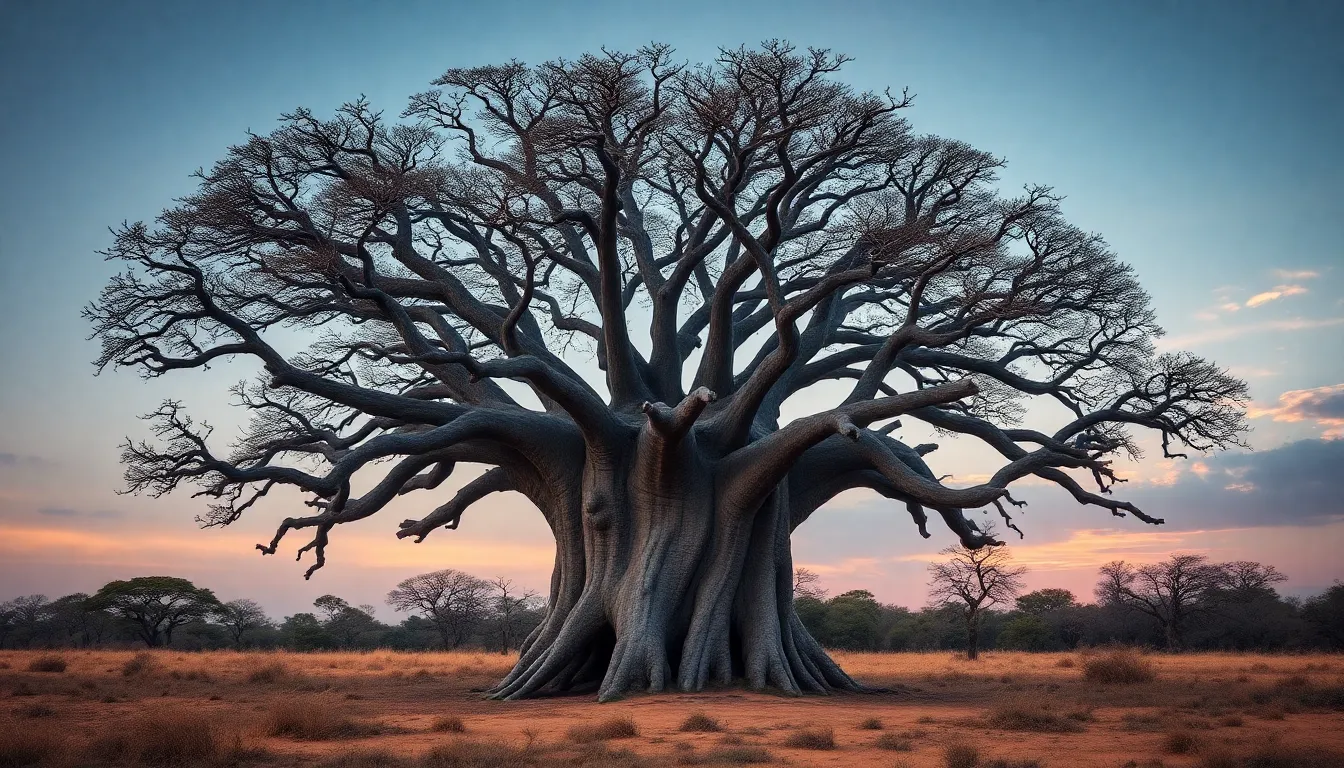The Role of Tricksters in Shaping Cultural Narratives
I. Introduction
Tricksters are fascinating figures found in folklore and mythology across the globe. Defined as characters who use their wits and cunning to outsmart others, tricksters often embody a playful and mischievous nature. These figures serve crucial roles in their respective cultures, challenging norms and conventions while offering insights into human behavior and societal dynamics.
This article explores the significance of trickster figures across various cultures, examining their historical context, characteristics, and the ways they influence narratives and societal change. By delving into the world of tricksters, we aim to illuminate their profound impact on cultural storytelling and collective identity.
II. Historical Context of Trickster Figures
The origins of trickster archetypes can be traced back to ancient cultures, where they often emerged as essential components of myths and folklore. Historical records reveal that tricksters have existed in many forms, from the cunning fox in European fables to the shape-shifting Coyote in Native American traditions.
As cultures evolved, so did the role of tricksters. They transitioned from mere entertainers to complex characters who challenge social norms and authority. This evolution reflects changing societal values and the need for figures who can navigate the complexities of human behavior.
Comparing tricksters across different cultural narratives reveals both similarities and differences. For instance:
- Loki in Norse mythology is known for his cleverness and ability to cause chaos, often leading to significant consequences.
- Anansi, the spider from West African folklore, embodies wisdom and trickery, using his intelligence to outwit stronger adversaries.
- Coyote, a prominent figure in Native American stories, often represents the unpredictable nature of life, embodying both creation and destruction.
III. Characteristics of Tricksters
Trickster figures commonly exhibit a range of traits and behaviors that set them apart from other characters in folklore. These include:
- Cunning and Intelligence: Tricksters are often portrayed as highly intelligent, using their wits to navigate challenging situations.
- Playfulness: Their mischievous nature often leads them to engage in playful antics, which can be both humorous and enlightening.
- Shape-shifting: Many tricksters possess the ability to change their form or appearance, symbolizing adaptability and fluidity.
The duality of tricksters lies in their capacity to embody both chaos and order. While they may disrupt societal norms, their actions often lead to necessary change and growth. This moral ambiguity allows tricksters to challenge conventional wisdom, prompting audiences to question established beliefs and practices.
IV. Tricksters in Mythology and Folklore
Notable trickster figures, such as Loki, Anansi, and Coyote, serve as rich subjects for examination. Each of these characters presents unique stories that reflect the values and concerns of their respective cultures.
For instance, in Norse mythology, Loki’s actions ultimately lead to Ragnarok, the end of the world, showcasing the destructive potential of trickery. In contrast, Anansi’s tales often emphasize the importance of wit and intelligence in overcoming adversity. Similarly, Coyote’s stories reflect the complexities of existence, portraying him as both a creator and a destroyer.
The symbolic meanings behind trickster narratives are profound, often illustrating themes of:
- Resistance against oppression
- The importance of humor in coping with life’s challenges
- Transformation and adaptability in the face of adversity
V. Tricksters as Catalysts for Change
Tricksters play a vital role in challenging authority and societal norms. Through their cunning and cleverness, they expose the flaws in established systems, prompting reflection and change. Their stories often inspire resilience and adaptability, encouraging individuals and communities to confront difficult circumstances.
Historical case studies illustrate the impact of trickster narratives on cultural revolutions. For example:
- The tales of Anansi have inspired movements for social justice and empowerment in African and Caribbean communities.
- Coyote stories have been used to educate about the significance of balance in nature and the importance of respecting the environment.
VI. Trickster Figures in Modern Literature and Media
In contemporary literature and media, trickster themes have seen a resurgence, reflecting ongoing societal issues and cultural dynamics. Modern representations of tricksters often draw on traditional archetypes while adapting them to current contexts.
Popular culture has embraced trickster figures in various forms:
- Films like “Deadpool” and “The Joker” portray modern tricksters who challenge moral boundaries and societal expectations.
- Books such as “American Gods” by Neil Gaiman feature trickster characters that seamlessly blend myth with contemporary issues.
- Art and music continue to explore trickster themes, utilizing humor and satire to address pressing social concerns.
The impact of these modern trickster narratives is significant, as they engage audiences in critical discussions about identity, ethics, and societal values.
VII. Psychological and Sociological Perspectives
From a psychological perspective, trickster behavior can be interpreted as a reflection of the complexities of human nature. Tricksters often embody traits that challenge conventional morality, prompting audiences to confront their own beliefs and biases.
Sociologically, trickster narratives play a crucial role in shaping collective identity. They provide a means for communities to express dissent, explore cultural values, and navigate the challenges of modern existence. By analyzing trickster figures, we can gain insights into the societal dynamics that influence human behavior.
VIII. The Global Influence of Tricksters
The roles of tricksters vary across cultures, yet they share common themes of wit, rebellion, and transformation. Cross-cultural comparisons highlight how tricksters adapt to different societal contexts while retaining their core characteristics.
The globalization of trickster narratives has led to their adaptations in various cultural forms, showcasing their relevance in a rapidly changing world. Tricksters symbolize cultural exchange and hybridity, bridging gaps between diverse traditions and contemporary issues.
IX. The Future of Trickster Narratives
Emerging trends in storytelling indicate a continued fascination with tricksters. As societies grapple with complex challenges such as technology and climate change, tricksters may provide unique perspectives and solutions.
Future narratives featuring tricksters are likely to address:
- The ethical implications of technological advancements
- Environmental justice and sustainability
- Social equity and representation
The evolution of trickster figures in future narratives will likely reflect the ongoing struggles and aspirations of humanity.
X. Conclusion
In summary, tricksters hold a significant place in cultural narratives, serving as agents of change and reflection. Their complex characteristics and behaviors provide valuable insights into human nature and societal dynamics. As we explore the role of tricksters in shaping cultural narratives, we recognize their enduring impact on storytelling and the collective consciousness.




